Are resellers ruining the market for Hermès Birkin bags? That’s the essence of a recent article in the New York Times. The Old Gray Lady (that’s colloquial for the New York Times) discusses the increased supply of Birkins on the secondary market (i.e. resellers) and whether it affects the demand for the bags (not yet, it concludes). Customers can now circumvent the wait or lack of availability at an Hermès boutique. Rather, through any number of resellers (who promise authenticity) they can satiate a Birkin fix online, for a premium. For a bag that not that long ago was the subject of closed waiting lists and a brand that prides itself on exclusivity, does the availability of the bag decrease its value and allure?
Okay, so it’s not exactly breaking news. Over the years, PurseBop has discussed repeatedly whether Birkins (and Kellys, among others) are retaining value as they once did. Long-time Birkin collectors recount the many Birkin bag offers they receive and that they are turning them down. Many of these buyers have, for years, cultivated relationships with Hermès sales associates and built a buying history, along with a love and reverence for the brand’s history and products. These customers lament what appears to be a decline in exclusivity as Birkins are more available from Hermès itself due to increased production as new factories come on line. Of course, having more bags to sell allows Hermès continued financial success. But, as new customers gain access to bags previously limited primarily to VIP Hermes customers, the Birkin seems to some less exclusive and thus less desirable. These buyers then up the ante – turning to exotics, special orders, and so on – seeking the more exclusive and elusive products.
Now add an entire group of sellers not affiliated in any way with Hermès. The resellers. Their business depends upon Birkin owners trying to re-home their bags and determined buyers willing to pay extra for the immediacy and/or convenience of getting the bag they want without braving the Hermès game. So far, the New York Times posits, this availability has not affected the demand for Birkin bags.
This conclusion, however, is only partly true. We at PurseBop know that the price of Hermès Birkin bags on the secondary market has in fact declined. Whereas at one time not so long ago, a new unused Birkin could command several thousand dollars more than retail (including tax), the number right now is far less. When you factor in the commission to the reseller, an owner is lucky to break even. In basic economic terms, while demand for the bag may stable, supply is now chasing demand – and depressing prices along with the value of our collections.
For example, if you take a look at Fashionphile’s Hermès’ inventory today, it’s evident that prices have depreciated on the secondary market. With the exception of very few bags, such as the ever-desirable black Birkin, many Hermès bags are being sold for their retail cost or lower than retail. It simply wasn’t like that 5-6 years ago.
Fashion tastemaker and elite Hermès customer @howshespendsit provides an apt example in a recent IG post:
“Aah rose tyrien.. the mother of all pinks which probably till date remains one of the most difficult colours to find in a birkin or kelly. At one time bags in this colour went for at least twice it’s price- based on colour alone. Now it is rare for even two toned special orders to command that type of a premium in the resale market!”
Moreover, @howshespendsit told us that “the resale market has ruined the allure of the Birkin.” However, she points to variability in Hermès’ international pricing which fosters buying in Europe and reselling elsewhere to turn a quick buck (or euro). “As a collector and buyer of other Hermès goods, I get upset when seeing the deluge of bags available through resellers, and it has decreased my desire for its pieces.”
We’d love to hear your thoughts and concerns. Do you think resellers are helping or hurting your Hermes collections? Are you a buyer or a seller? Join the conversation—and read some of the discussion that BopTalk celebs have already started—on BopTalk!
Read related articles:
Total Eclipse of Luxury
What Makes a Handbag an Investment
Dear PurseBop: When and How Should I Rehome a Bag?
How Much Is Your Handbag Collection Worth
More Birkins Means Higher Earnings
Hermès Q & A with PurseBop
Hermès Profits Up 15% in 2018
Hermès Revenues Dip With Low Stock
Is Hermès Still Playing Hard to Get?
Love, PurseBop
XO
Updated: February 2nd, 2020




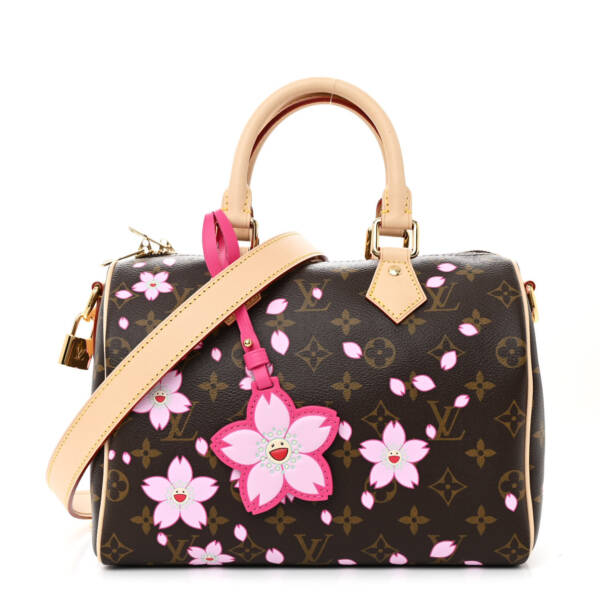
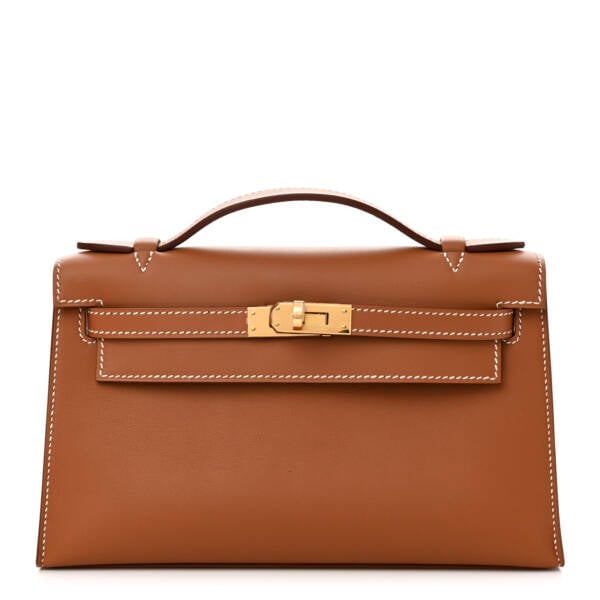
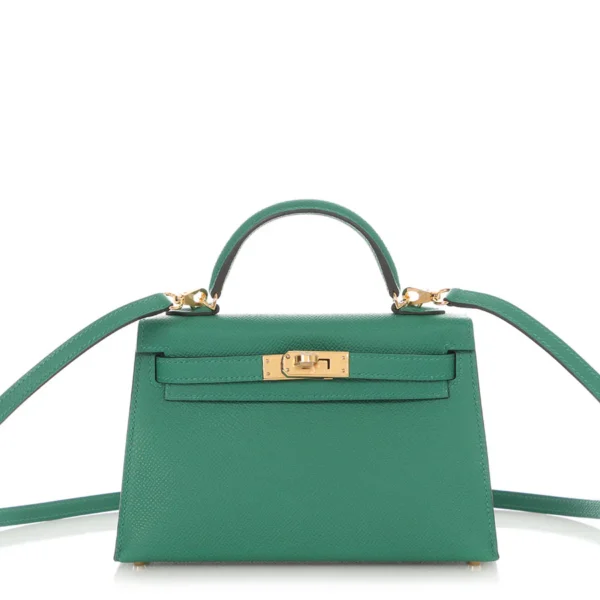
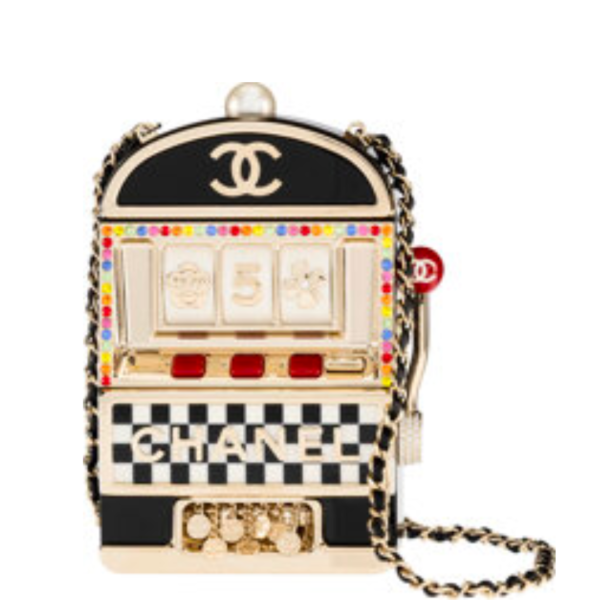
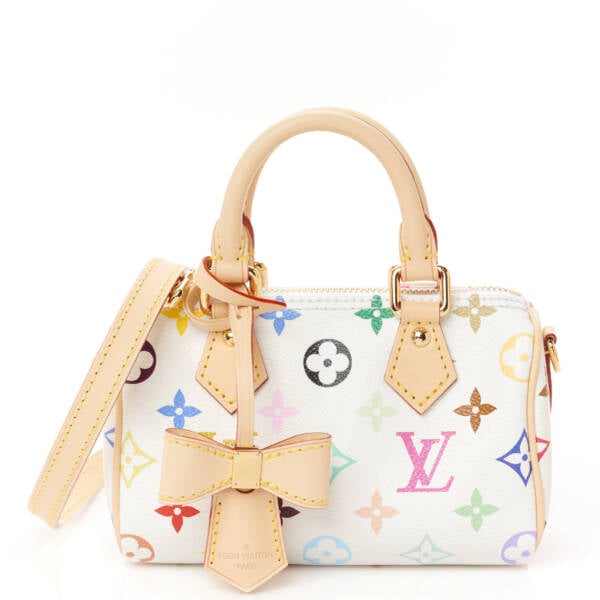
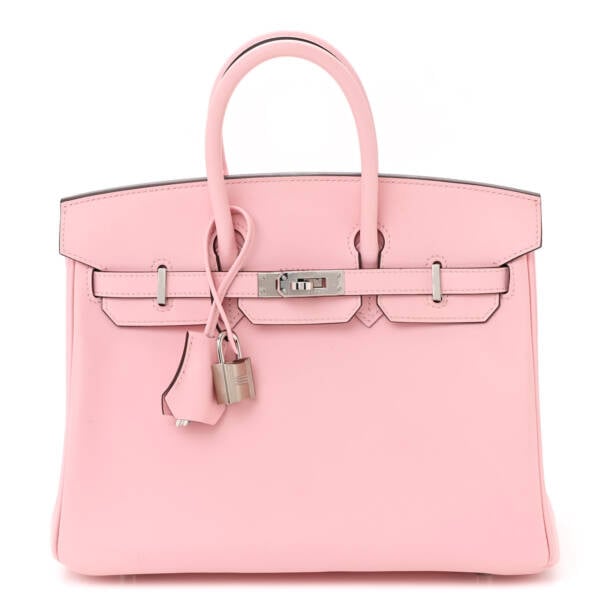
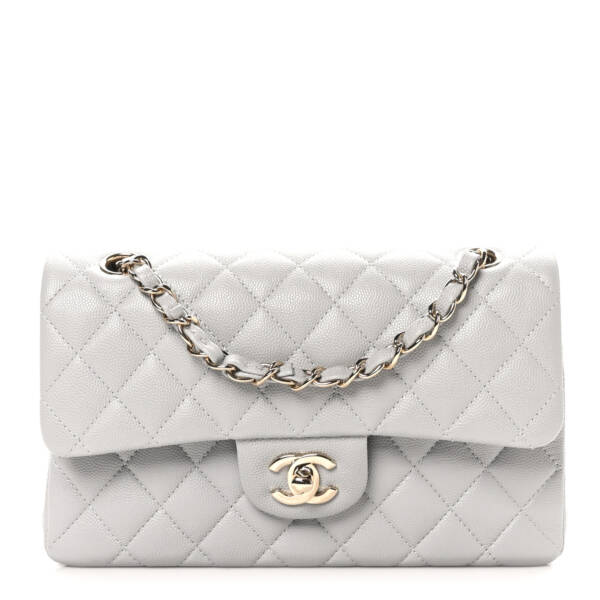
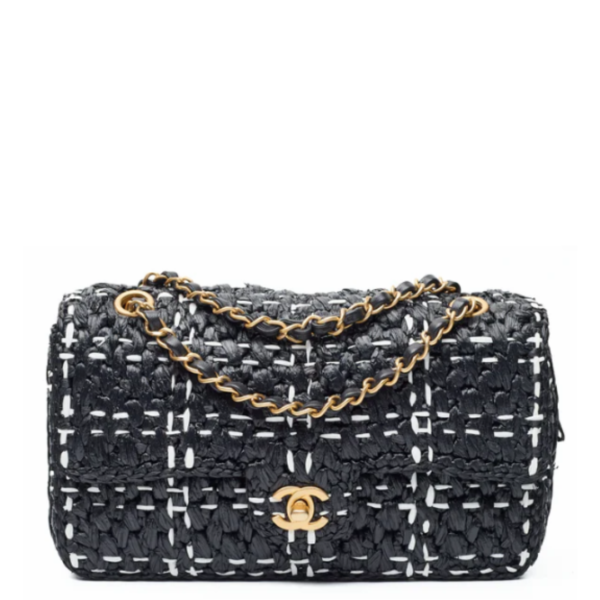

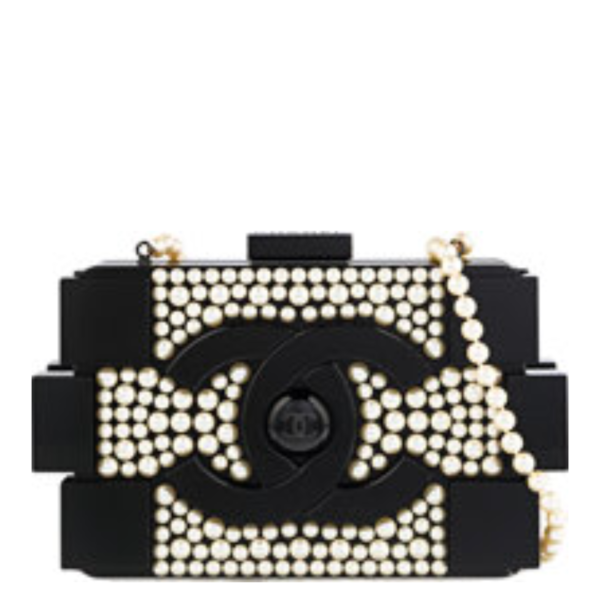
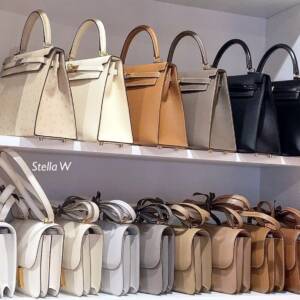
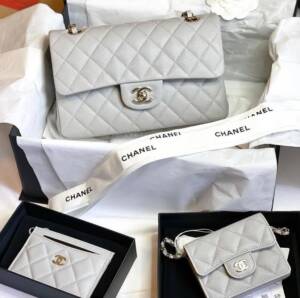



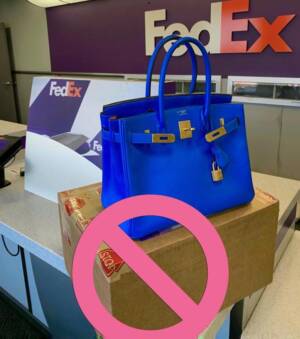



Comments